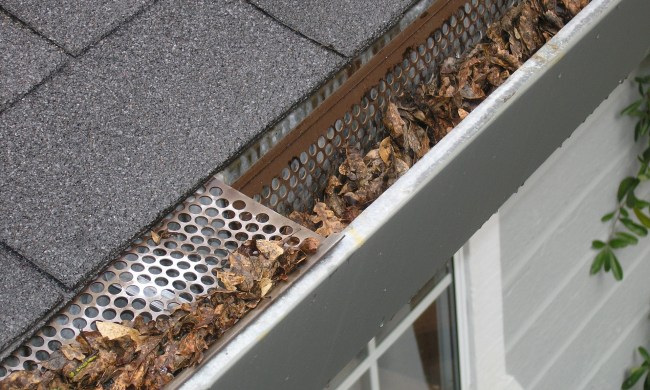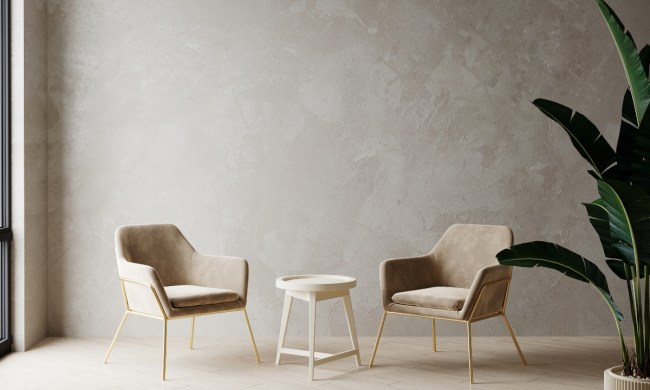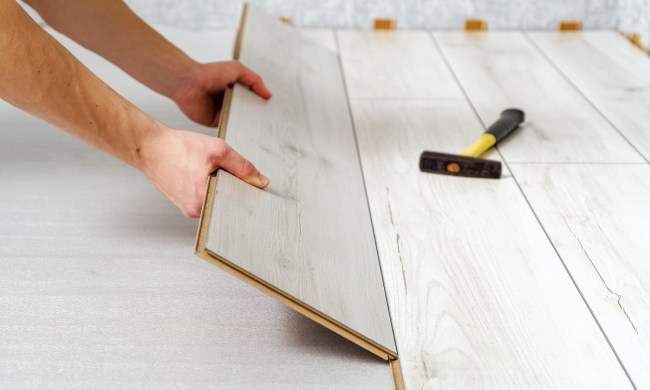Are your kitchen cabinets looking dated or worn? Maybe you’re just tired of the style or color and need a change. If so, you’ve probably been researching all the different materials that you can use for cabinets. We’re going to dive into one option that may be worth considering: PVC kitchen cabinets. A quick remodeling project, particularly in the kitchen, gives the space an immediate facelift, adds to your home’s value, and could even make your daily life a bit more pleasant.
Let’s dive into what you need to know about PVC kitchen cabinets and whether they’re a good buy for your home.
How are PVC kitchen cabinets different from other cabinet materials?
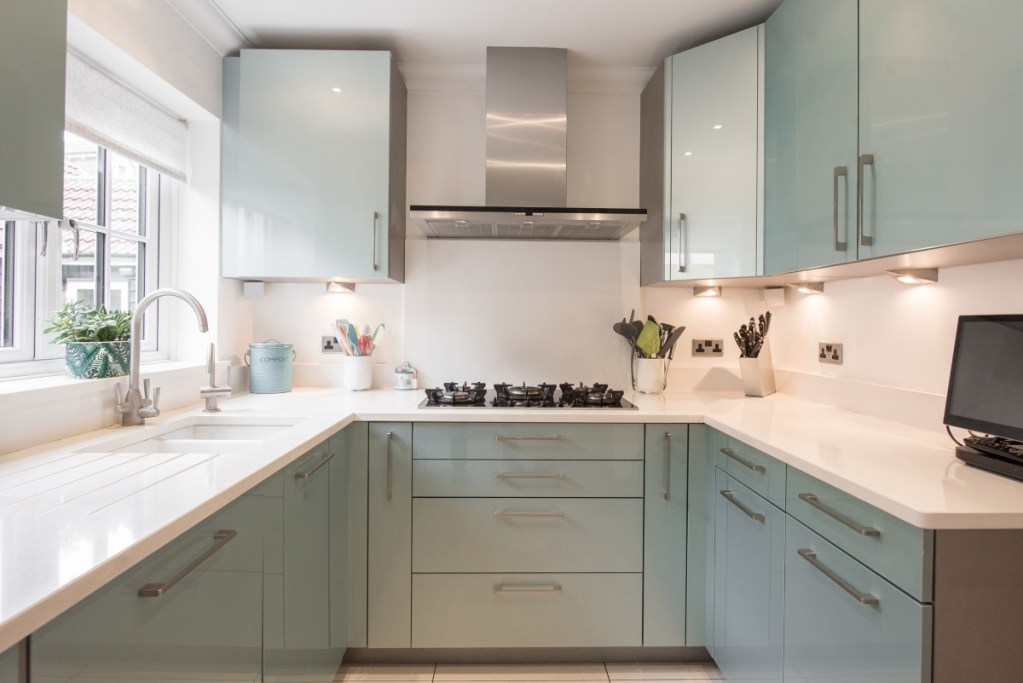
You’ve probably heard of polyvinyl chloride, or PVC, in connection to water and drain pipes. The material is used for pipes because of its durability and waterproof construction. What you may not know is that the material has actually become quite popular for kitchen cabinet construction for the same reasons. While kitchen cabinets are often made from plywood or natural wood materials, PVC cabinets don’t contain any wood. Instead, they’re made from plastic composite.
One thing you should know is that there are two types of PVC cabinets for the kitchen:
- Hollow PVC board: These cabinets are, as you’ve probably guessed, hollow on the inside. This makes them incredibly light and easy to install, but they’re also best in temporary construction since they’re less durable.
- Foam PVC board: These are much more durable and long-lasting, rivaling even wood cabinets.
Why PVC kitchen cabinets are better than other materials: The pros
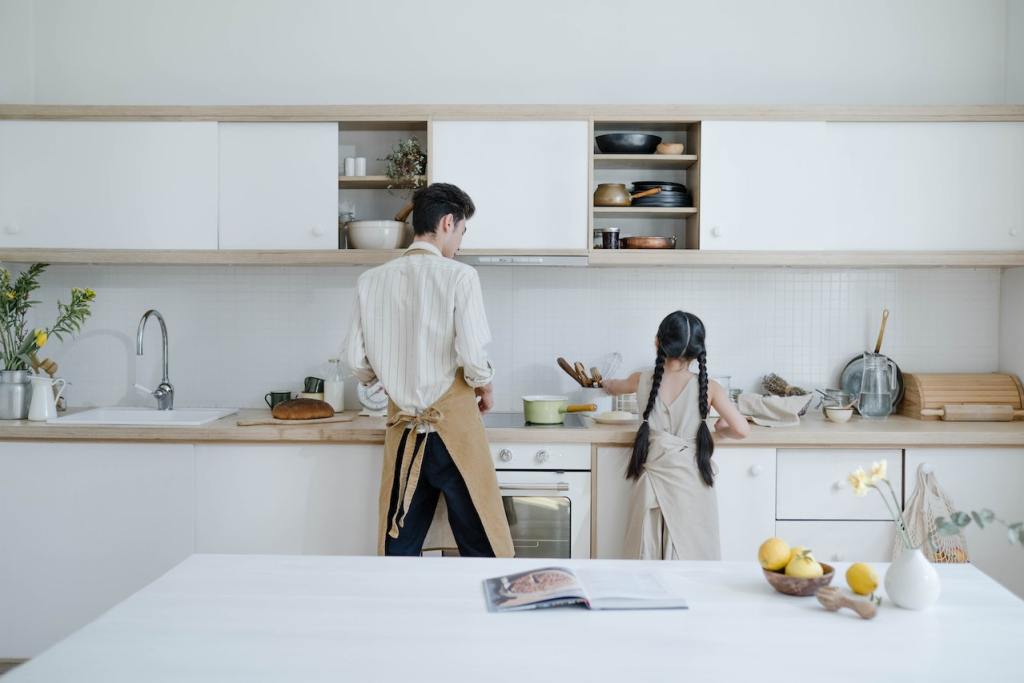
Lightweight for easy transport and installation
As opposed to heavy natural wood cabinets, PVC materials are super light and easy to manage. Transporting, installing, and removing them is a breeze compared to standard wood cabinets.
More economical than wood cabinets
PVC materials are widely available on the market, which makes them incredibly economical. Compared to other cabinet materials, you’ll save a lot of cash by going with PVC cabinets. If you’re looking for a particularly low-cost cabinet for a temporary kitchen or something similar, hollow PVC boards are even cheaper than foam boards.
Stain resistant and easy to clean
Basically constructed with plastic, PVC kitchen cabinets are easy to clean when splatters or spills occur. It doesn’t soak up liquids or oils, so it’s incredibly stain-resistant. This also makes the material longer-lasting since you don’t have to replace a cabinet that has become discolored by a spill, as you would have to do with wood cabinets.
Resists rotting, corrosion, and pests
Since there’s no wood in the construction, you don’t have to worry about termites or wood rot with PVC cabinets. The material is also corrosion-resistant, which contributes to its durability as well.
Qualities that make PVC kitchen cabinets inferior to other materials: The cons

Low heat and fire resistance
Particularly in the case of hollow PVC boards, the material is not as resistant to heat and fire as natural wood cabinets that have been sealed. Foam PVC boards are more heat-resistant, which is a better choice between the two PVC cabinet options, but wood cabinets are the best choice for heat and fire blocking.
Can’t remove scratches
When you ding or scratch a wood cabinet, you can fix it in many cases by sanding and refinishing. With PVC materials, however, a nick or crack is permanent, and you can’t repair it. In the case of an ugly scratch on your PVC kitchen cabinet, you’d have to replace the whole board. It’s a good thing PVC cabinet materials are durable and inexpensive!
Hardware compatibility causes sagging
Especially with hollow PVC boards, the hardware used to install it in your kitchen often becomes loose over time with excessive use. This causes the cabinets to start sagging and results in an appearance of poor construction.
What to know before buying PVC kitchen cabinets
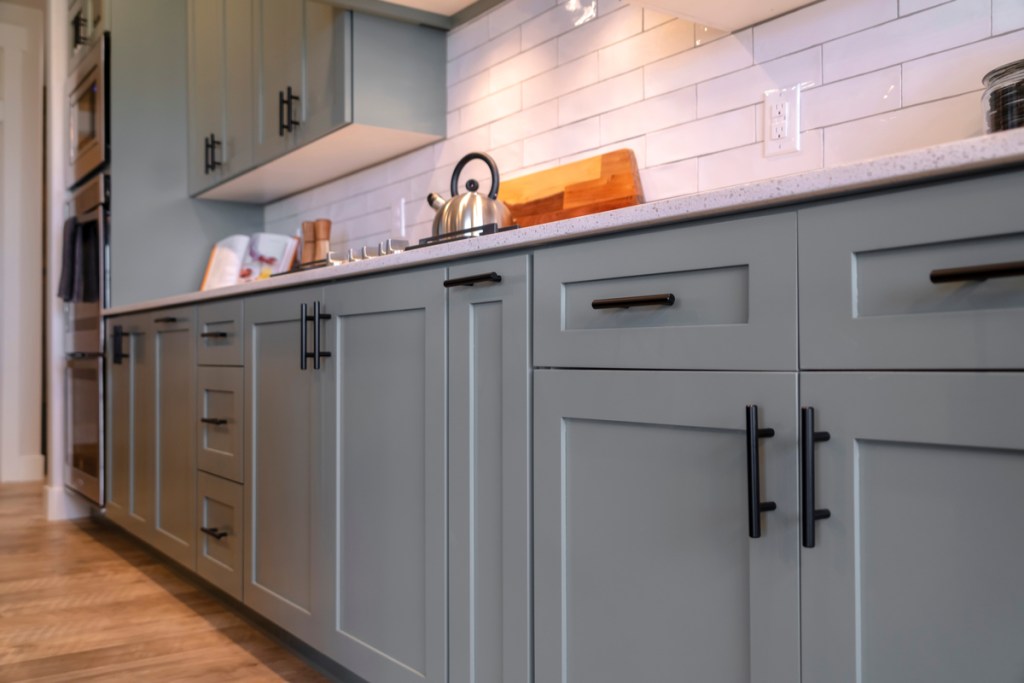
Now that we’ve discussed the advantages and disadvantages of PVC cabinets in your kitchen, let’s review some frequently asked questions regarding this cabinet material.
Is PVC safe for kitchen cabinets?
Since it’s plastic, people often question whether PVC materials are safe to use in the kitchen. After all, you’re preparing food and beverages, so you need to make sure your family isn’t at risk. The good news is, PVC is a nontoxic material and, since it doesn’t absorb liquids, bacteria won’t stay on it or soak into the fibers.
How long do PVC cabinets last?
PVC cabinets are actually incredibly long-lasting. Due to their high durability, PVC kitchen cabinets won’t need to be replaced completely for up to 20 years or more.
How much do PVC kitchen cabinets cost?
The average cost of PVC kitchen cabinets can vary depending on several factors, such as the size of your kitchen, the complexity of the design, the quality of the PVC material used, and your location. However, as a rough estimate, PVC kitchen cabinets can range from around $100 to $300 per linear foot. Additional features, finishes, hardware, and cabinet customization options can also impact the overall cost of PVC cabinets.
What’s better: MDF or PVC for kitchen cabinets?

Both MDF and PVC have become increasingly popular materials for kitchen cabinets. If you’re wondering which is better, the fact is that both offer unique benefits and drawbacks. MDF, a medium-density fiberboard, is made of wood fibers adhered in a board via wax and resin. It is then compressed and heated to create a smooth panel for kitchen cabinetry.
Where they are similar:
- Both offer smooth finishes that make it easy to paint and customize your cabinetry
- Both are more cost-effective than traditional wood
Where MDF and PVC differ:
- PVC is more water-resistant, whereas MDF can absorb moisture
- MDF is denser and heavier than PVC boards
- MDF can be more affordable than PVC foam boards
If you’ve got a lot of home renovation projects you’d like to get done, your kitchen cabinet replacement shouldn’t be a stressful one. PVC kitchen cabinets have become popular because of their high durability, wide availability, and low cost. While they’re not necessarily better than wood cabinets in every way, the benefits of PVC cabinets should definitely be considered.


